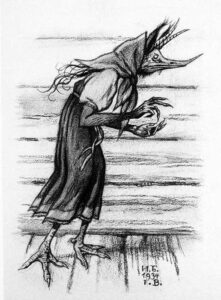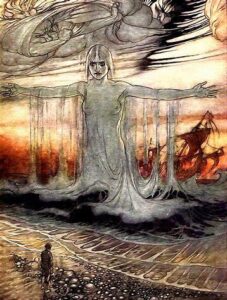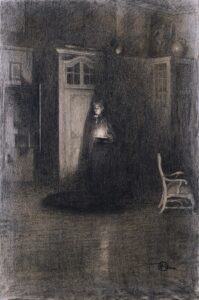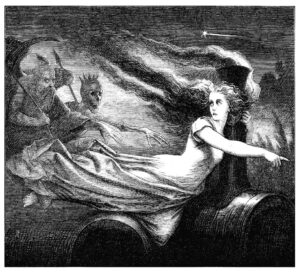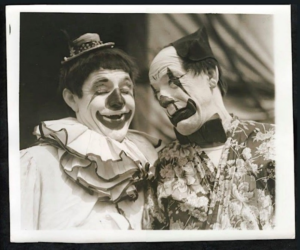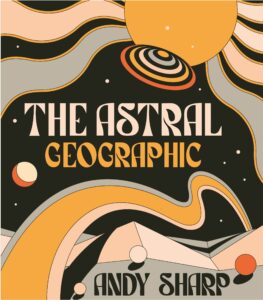Kryptadia Stories – Part one
In this lecture series Lena will tell the once so controversial stories from the secret journal known as “Kryptadia” published and distributed in Europe in the 1800’s. The Kryptadia journals consist of legends, myths, stories and legends that were considered too daring to be published and made accessible on the open marked to the general public. Most of the tales in Kryptadia are of the more erotic kind, and there are stories that dates way back to the early medieval times and that were written down in secret because they were considered too explicit and sinful in their content to be published by respectable publishing agencies. The stories we will get to know in this lecture series come from all over Europe and some have roots from both the African and Asian continent as well. They were secretly published and long forgotten about until tonight when we bring them back into the light that they deserve.
This lecture is the first one of 3.
Warm welcome.
Bio:
Lena Schattenherz Heide-Brennand is a Norwegian lecturer with a master degree in language, culture and literature from the University of Oslo and Linnaeus University. She has been lecturing and teaching various subjects since 1998. Her field of interest and main focus has always been topics that others have considered strange, eccentric and eerie, and she has specialised in a variety of dark subjects linked to folklore, mythology and Victorian traditions and medicine. Her students often point out her thorough knowledge about the subjects she is teaching, in addition to her charismatic appearance. She refers to herself as a performance lecturer and always gives her audience an outstanding experience
don’t worry if you miss it – we will send you a recording valid for two weeks the next day

